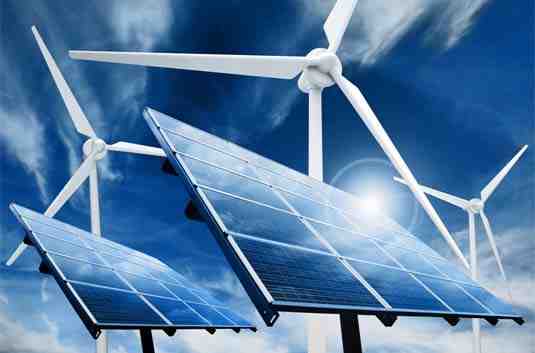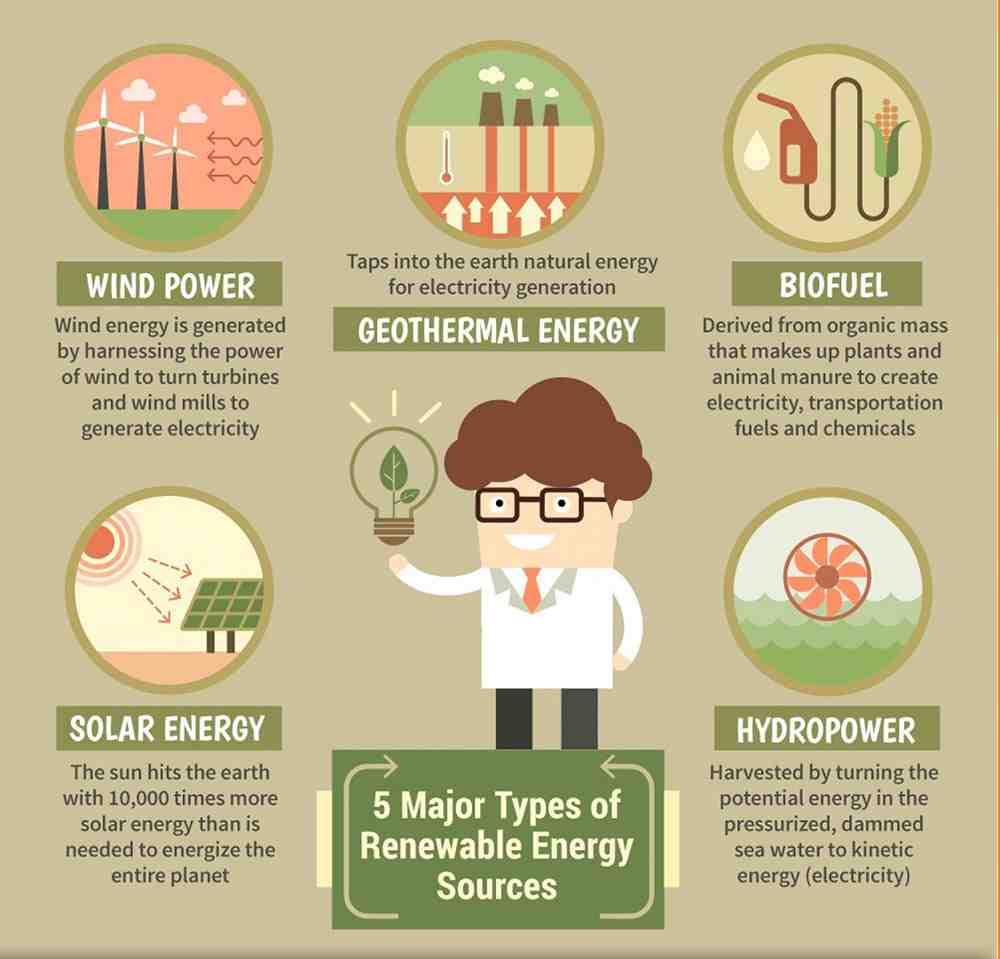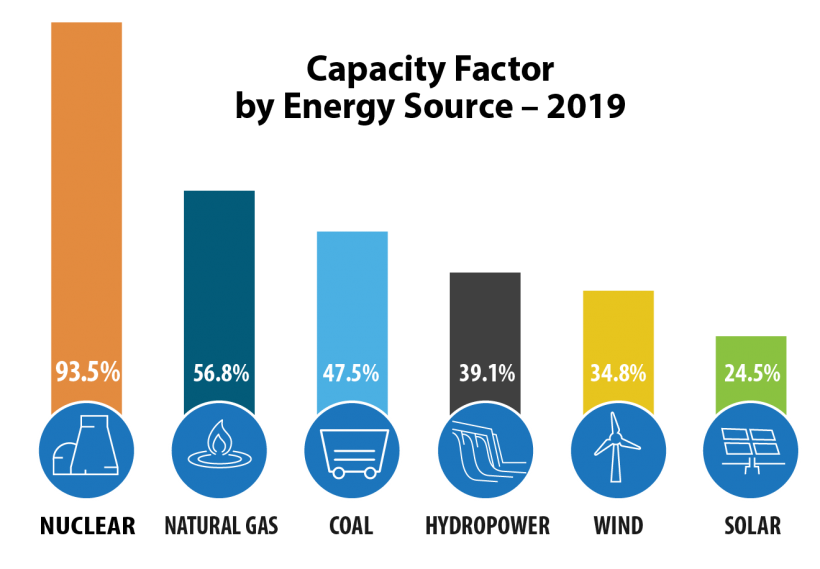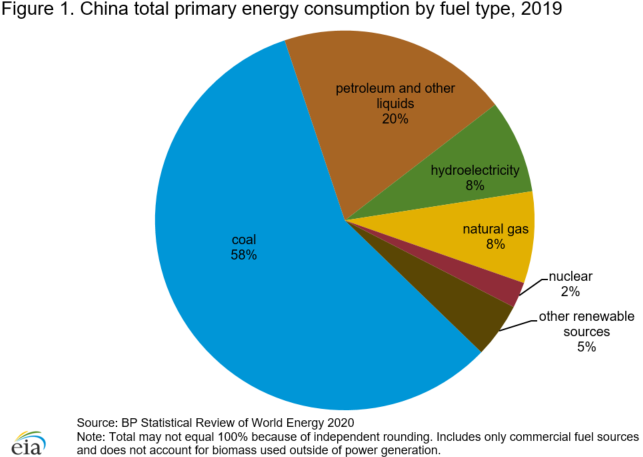The sun is the world’s largest energy source, making solar energy a natural alternative energy source.
What are the five sources of energy available to us give two examples of each source?
Contents

Answer:
- ENERGY-HYDRO POWER DAM, MOTOR.
- LIGHT-SUN, ANY GOOD FIRE.
- SOUND ENERGY-MICROPHONE, SOUND BALL.
- WINDMILL POWER.
- KENAN WUTA-BATARI.
What are the 5 renewable and non-renewable resources?
Which is non-renewable source of energy Class 8?
Non-renewable resources (also called limited resources) may expire after a while but the resources to be renewed are permanent in nature. So, from the discussions above, we conclude that Coal, Petroleum and Natural Gas are the renewable energy sources. Therefore, option (D) is the correct answer.
What are non renewable resources for Class 8?
Non-Renewable Resources Renewable resources are natural resources that have a limited amount of resources. These resources may not be renewed or replenished in the short term. So they are also known for their endless resources. Examples: coal, gas, oil etc.
Which of the following is a renewable source of energy Class 8?
Sunlight is the source of renewable energy.
What is the main source of energy?

Solar energy is the main source of much of the world’s energy. We get solar energy from the sun, and solar energy can be used to generate electricity from solar cells (photovoltaic). The sun is hot on the surface of the earth and the earth is hot with the air above it, causing the wind.
What are the 3 main sources of energy for the body? Humans are energized by three main types of fats: carbohydrates, lipids, and proteins.
What is the main source of energy for the body quizlet?
Your body converts all carbohydrates into glucose (which is a simple sugar which is the source of calories).
What are the body’s two main sources of energy?
Carbohydrates, such as sugar and starch, for example, are rapidly broken down into glucose, the body’s energy source. Glucose can be used immediately as fat, or it can be sent to the liver and muscles and stored as glycogen.
What is our body’s largest source of stored energy quizlet?
Adipose triacylglycerol contains the largest amount of calories stored in humans, and then proteins (although too much protein loss can lead to death), muscle glycogen, and liver glycogen. 2. The answer is D. Muscle glycogen is used for energy during exercise.
What are 4 examples of renewable resources?

Renewables include biofuels (such as ethanol), electricity, electricity, electricity, wind energy, and solar energy. Biomass refers to organic matter from plants or animals.
What are 4 examples of untapped resources? There are major types of untapped resources: oil, gas, coal, and nuclear energy. Oil, gas, and coal are called fossil fuels.
What are the 5 sources of nonrenewable energy?
Non-renewable energy resources include coal, gas, oil, and nuclear energy. Once these resources are used, they cannot be replaced, which is a huge problem for humanity because we currently rely on them to meet most of our energy needs.
Which is not a nonrenewable energy resource?

All fossil fuels cannot be renewed. But not all of the renewables are fossil fuels. Crude oil, gas, and coal are all considered fossil fuels, but uranium is not.
Which is not the strongest quiz on resources? Many oil resources, such as oil, gas and coal are considered irreplaceable resources because their use will not last because their production takes billions of years.
Which of the following is not a nonrenewable?
Oil, gas, and coal are called fossil fuels. Fossil fuels have been found in the world from dead plants and animals for millions of years, so they are called “bone marrow”. Answer: not all updates.
Which of the following is NOT non-renewable?
Coal, fossil fuels, crude oil, gas, etc. are all hydrocarbon fuels. These are sources of energy that cannot be renewed. So choosing in is the answer.
Which is not an example of a non-renewable energy?
The main examples of non-renewable resources are oil-like. It, coal, and gas, which people regularly draw for energy. In addition to renewable resources, there are also renewable resources and they are a source of energy. Renewable resources can be sustained since they are naturally full.
Which is not renewable source of energy?
Many of the renewable energy sources are fossil fuels: coal, oil, and gas.
What are non-renewable resources class 8?
Non-renewable resources are natural resources that are available in limited quantities. These resources may not be renewed or replenished in the short term. So they are also known for their endless resources. Examples: coal, gas, oil etc.
What means non-renewable?
Kauffman Resources that cannot be renewed resources that cannot be replaced after they have been used. Minerals and most of the oil resources that cannot be renewed. â € “
What are the 3 highest sources of world energy?
In the world we get most of our energy from oil, then coal, gas, then electricity. As we have seen in detail below â € aHow much of the worldâ & # x20AC; & # x2122; s energy comes from fossil fuels? Â € â & # x20AC ;? They account for more than 80% of energy consumption.
What are the three energy sources? There are three main types of energy sources: fossil fuels, alternative, and renewable. It is updated occasionally, but not always, it is included under the backup. Fossil fuels originated more than a million years ago when dead plants and animals faced extreme heat and pressure in the crust.
What are the 3 main sources of energy the world uses?
The three main sources of energy for electricity are fossil fuels (coal, gas, and oil), nuclear energy, and energy sources. Most electricity is generated by steam engines using fossil fuels, nuclear, biomass, geothermal, and solar energy.
What are energy sources examples?
Sources of energy Examples are sunlight (from the sun), wind, water, geothermal (from the earth) and biomass (from organic matter).
What are the 4 main sources of energy?
The primary energy source carries many components, including nuclear energy, fossil fuels – such as oil, coal and gas – and renewable energy sources such as wind, solar, geothermal and electricity.